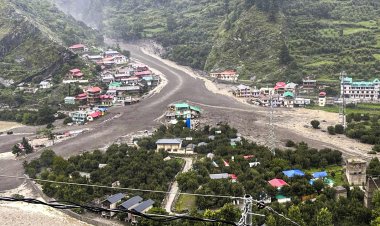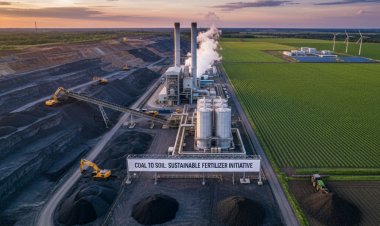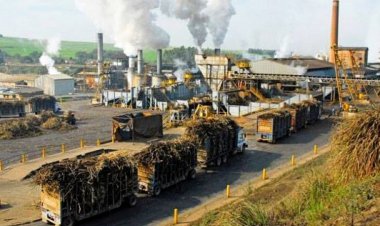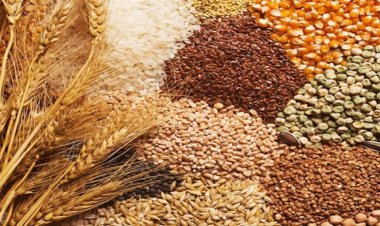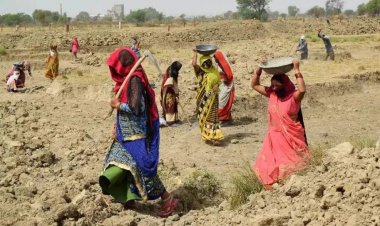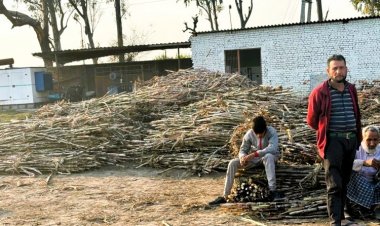Inflation targeting has adverse impact on agriculture and rural economy
The inflation-targeting strategy of the Reserve Bank of India (RBI) and the Central Government to maintain the health of the economy is taking a toll on the agriculture and rural economy. This year (2023-24) the abnormal monsoon has reduced the growth rate of agriculture and allied sectors from four per cent in the previous financial year to 1.8 per cent, while the demand in rural areas is not recovering. Its direct impact is visible in the demand in the manufacturing sector and especially in the FMCG and consumer durable sectors.
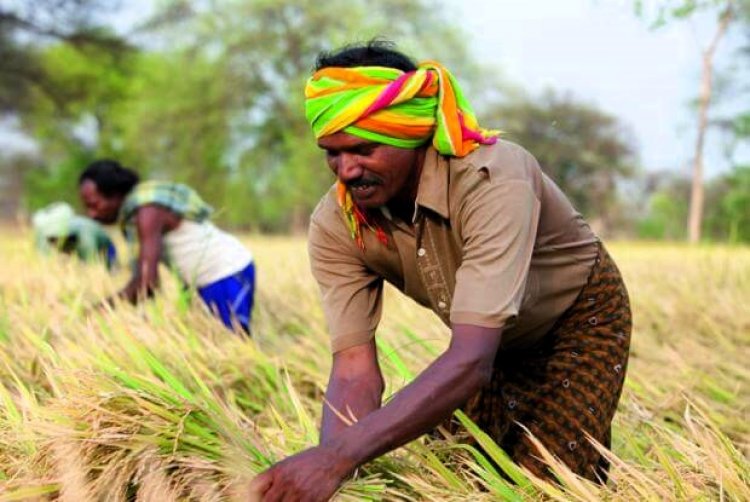
The inflation-targeting strategy of the Reserve Bank of India (RBI) and the Central Government to maintain the health of the economy is taking a toll on the agriculture and rural economy. This year (2023-24) the abnormal monsoon has reduced the growth rate of agriculture and allied sectors from four per cent in the previous financial year to 1.8 per cent, while the demand in rural areas is not recovering. Its direct impact is visible in the demand in the manufacturing sector and especially in the FMCG and consumer durable sectors.
The Reserve Bank has set a target of four percent (plus or minus two percent) for the retail inflation rate, the Consumer Price Index (CPI). To achieve this, the Reserve Bank has to make a lot of efforts. A large part of the CPI comes from the food basket; hence efforts are made to ensure that the food inflation rate does not increase. This needs the help of the government to improve the supply because it is not possible to work only through monetary policy through measures like interest rates and liquidity adjustments.
For this, the government is trying to ensure that the prices of food products do not increase. The first step is being taken by a small increase in the Minimum Support Price (MSP) so that its impact on retail prices is minimal. After that, as part of the policy of increasing supply, decisions were taken to discourage or ban the export of wheat, sugar, rice, onion and other food products. Stock limit for wheat was imposed after decades and after that this stock limit was reduced recently. Not only this, putting its ambitious program (EBP) of ethanol blending in petrol at stake, the government banned making ethanol directly from sugarcane juice in December 2023 so that sugar prices could be curbed due to falling sugar production. After lobbying by the sugar industry, a limit of 17 lakh tonnes for sugar was set for direct ethanol production from sugarcane juice. Besides, the prices of ethanol made from C-heavy molasses were increased. A fifty percent duty was imposed on the export of molasses and the price of ethanol made from corn was also increased. But all these steps were more for the industry and less for the farmer.
The inflation rate of pulses is more than 20 percent. To promote its imports, decisions like duty exemption and relaxation in quantitative restrictions were taken till March 31, 2025. Similarly, to keep the prices of edible oils low, the exemption from import of edible oils at concessional duty rates was extended till March 31, 2025. These two steps make it clear that the government does not expect the demand to be met through domestic production, but to ensure that farmers do not get higher prices, it is also adopting the policy of promoting imports in the name of consumer interests. Not only this, along with giving 5 kg free food grains to 80 crore people, low-price flour has also been launched in the market by supplying wheat from the central pool on subsidy.
Now the question arises that when the possibility of the farmer getting a higher price is stopped, then how will the financial condition of the farmer, who is already struggling with low income due to drop in the crop production. The government may make any claims, but the non-recovery of rural demand in an economy growing at the rate of seven percent is proof that the expected increase in income from agriculture is not happening. Weather is one reason behind this, but the policy being adopted for inflation targeting is also a big reason.



 Join the RuralVoice whatsapp group
Join the RuralVoice whatsapp group


















